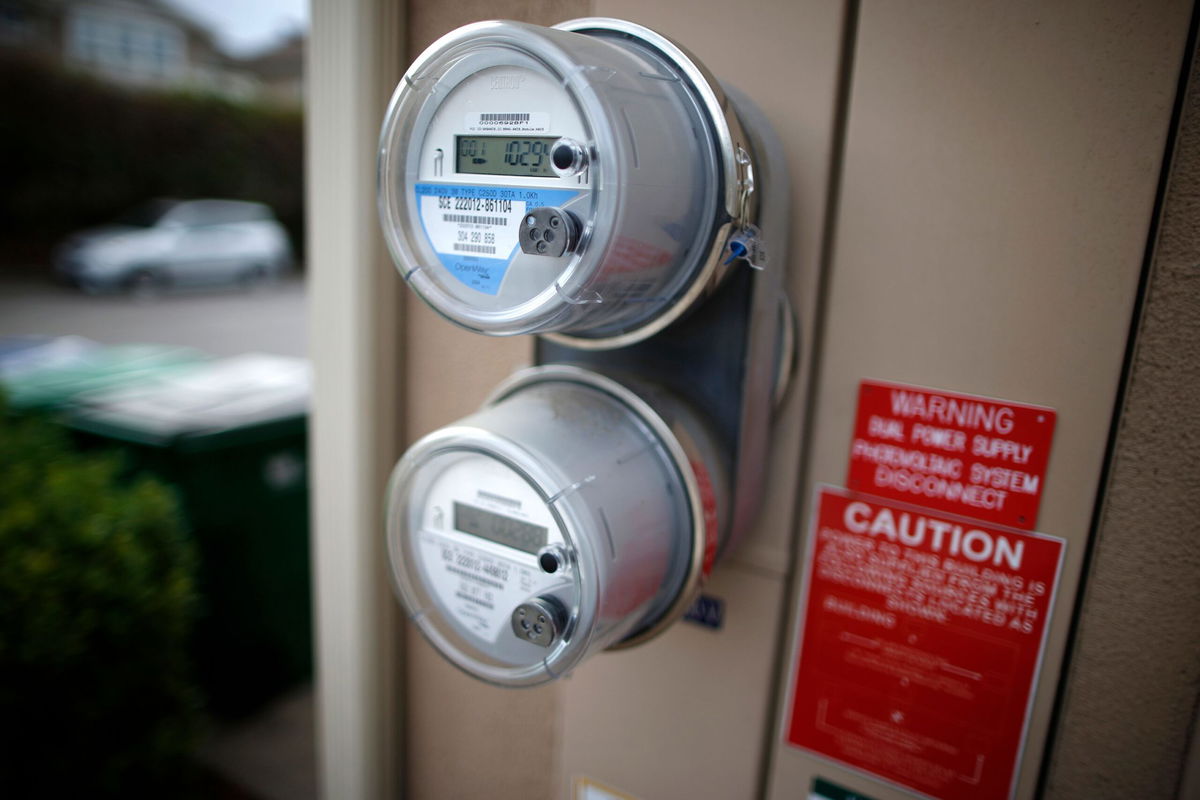See how your energy prices will change because of the GOP tax bill

By Ella Nilsen, Soph Warnes, CNN
(CNN) — Household energy bills will be higher over the next decade now that Republicans have passed their tax and spending bill, according to a new analysis.
President Donald Trump and Republicans are phasing out tax credits that lower the cost to build wind and solar, which are now largely cheaper than fossil fuels like natural gas and coal.
More wind and solar on the electric grid helps keep utility bills lower, and Biden-era tax credits would have ramped up those projects.
When combined with the electric vehicle consumer tax credit being cut (you can still get the EV tax credit through September 30, 2025) annual electricity and transportation costs in every state in the continental United States will be higher than they would have if the tax credits stayed intact, analysis from think tank Energy Innovation found. Energy Innovation did not model data for Hawaii and Alaska.
Energy Innovation modeled transportation costs like gasoline for cars, as well as household electricity and heating costs in their analysis.
Red states, including Missouri, Kentucky and South Carolina, could see 13% to 14% higher energy costs by 2035 if Trump’s bill passes, compared to a scenario where the bill didn’t pass.
Annual household energy costs could rise $640 a year in Missouri by 2035 and $630 a year in Kentucky. That’s because these states would have otherwise been set to deploy a massive amount of wind and solar if Biden-era energy tax credits were left in place. Now that the GOP bill has been passed aggressively phasing out those credits, these states will have to lean on fossil fuels to generate power.
Blue states that are deliberately putting more clean energy onto their grids would still see prices rise over the coming decade, albeit far less, Orvis said. They are more immune to price shocks because they won’t be as heavily reliant on gas and coal.
“You’re moving from not using a lot of fossil fuels to using a lot of fossil fuels. That makes the price go up a lot,” said Robbie Orvis, Energy Innovation’s senior director of modeling and analysis.
Energy analysts expect the cost of natural gas and the cost of building new gas-powered plants will increase, and with it, consumer energy bills.
“Everybody’s electricity prices are going to go up,” said Rich Powell, CEO of trade group the Clean Energy Buyers Association. “I think people have in their minds that gas is a cheap way to generate power. New build natural gas is not a cheap way to generate electricity.”
Powell’s group was not involved in the Energy Innovation analysis, but has produced their own analysis with NERA Economic Consulting, also finding repealing the tax credits would raise household energy costs.
Powell added it’s an especially bad time for solar and wind tax credits to go away because there is simply more demand for electricity, with data centers and electrification of homes and vehicles. Since 2022, retail electricity prices have increased faster than the rate of inflation, according to the US Energy Information Administration, which predicts they will continue to rise through next year. US natural gas prices have also gone up, and the EIA predicts they will continue to do so next year.
On the transportation side of things, the Energy Innovation model predicts that without a $7,500 consumer tax credit to help defray the cost of electric vehicles, more people will continue to drive gas powered cars.
“That increases the spending a lot, plus that gasoline is actually a little bit more expensive because there’s so much more demand for it,” Orvis said.
Red states will see the biggest price hikes. Oklahoma energy consumers will see their bills rise 13% by 2035, or about $540 in annual costs. Oklahoma is already a wind energy powerhouse, with wind generating close to 44% of the state’s electricity. With the Biden-era energy tax incentives, Oklahoma was set to see another huge spike in wind development that could have made the state’s electricity generation carbon-free, the Energy Innovation modeling found.
Oklahoma could have become “a major exporter of electricity, because there’s so much wind being deployed,” Orvis said. “The loss of the tax credits means a lot less wind gets deployed, and that’s replaced with in-state fossil resources.”
South Carolina, another state expected to see a 13% price hike in annual energy costs with Trump’s bill, generates a lot of its electricity from nuclear, with natural gas supplying much of the remainder. Orvis said South Carolina stood to add a lot of solar to its electrical grid with tax incentives but would have to revert back to gas once those credits go away.
“You’re going from gas setting that price to renewables, and when you undo the tax credits, you see it reverting back to gas,” Orvis said.
The-CNN-Wire
™ & © 2025 Cable News Network, Inc., a Warner Bros. Discovery Company. All rights reserved.
This story has been updated with a new analysis from Energy Innovation, using the language in the spending bill that was passed by the Senate and House.



